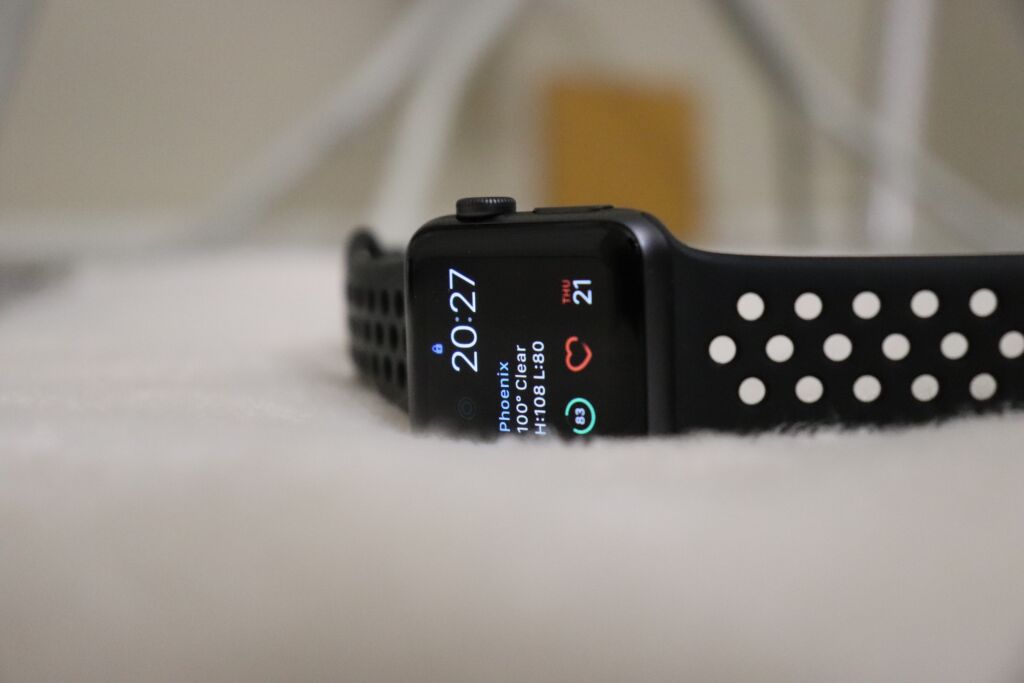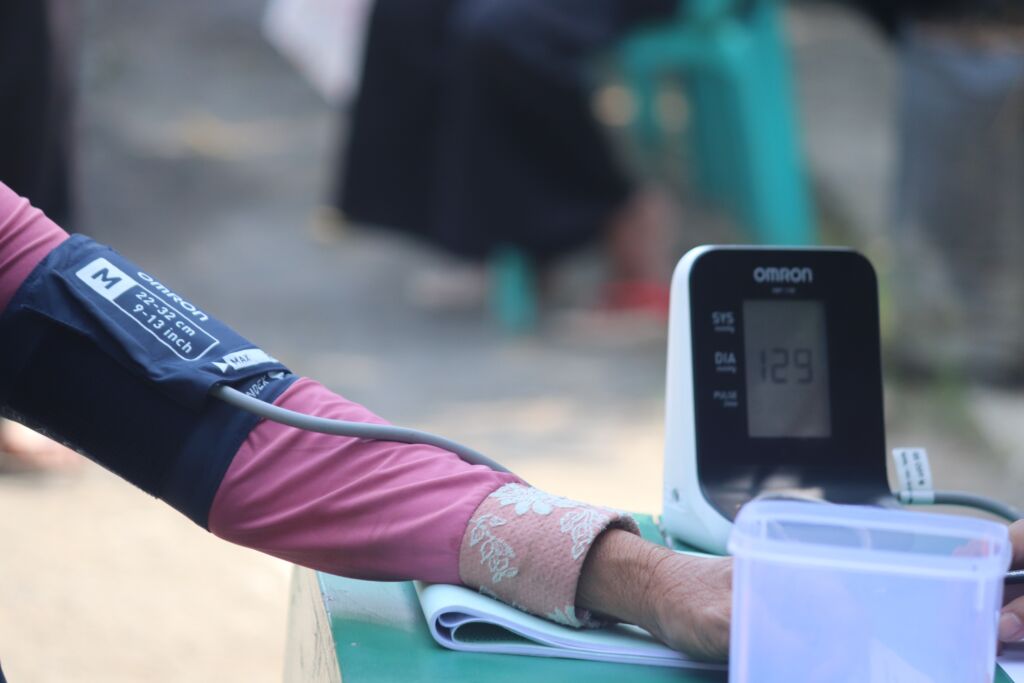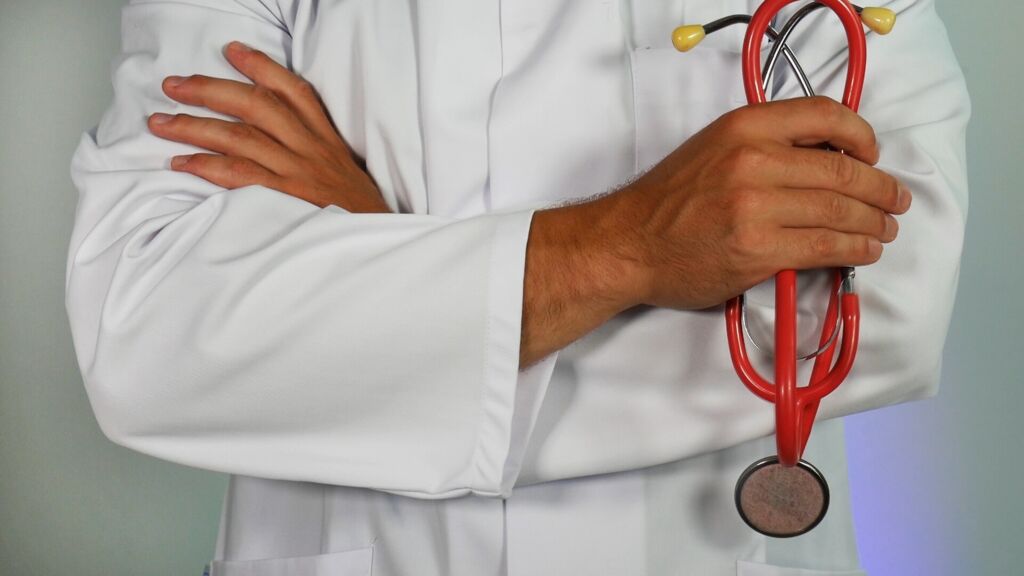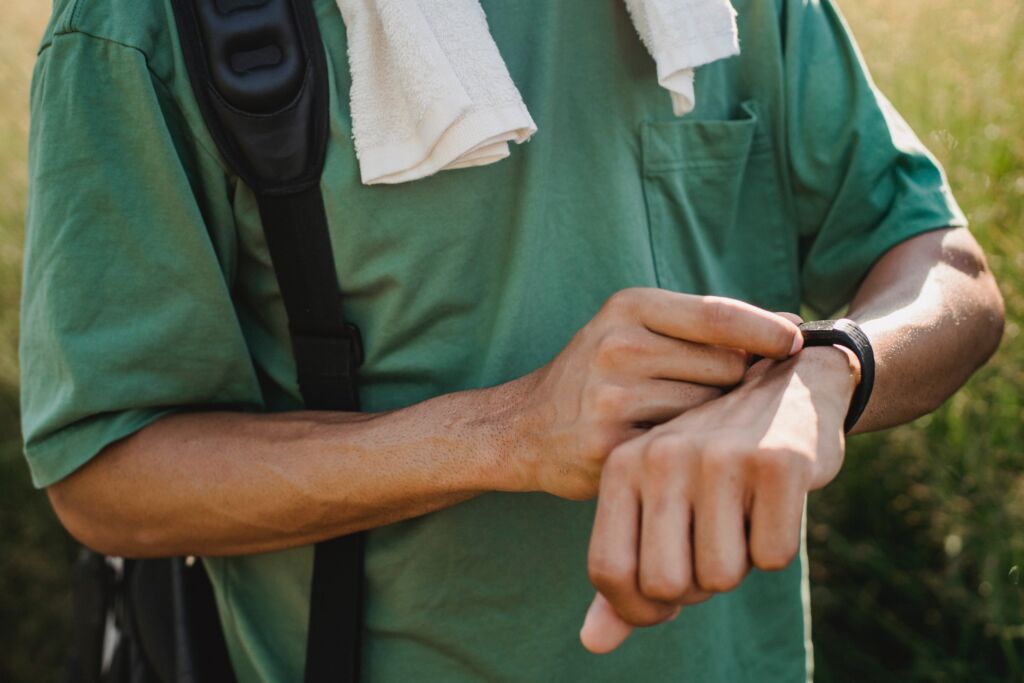The Benefits of Remote Patient Monitoring for Healthcare Providers
Remote Patient Monitoring (RPM) devices have been around for a while, and they are undoubtedly revolutionizing healthcare from all fronts. This is a huge step in digitizing healthcare.
Both patients and healthcare providers are able to reap the benefits of remote patient monitoring, so what is all the fuss about?
In this blog, I’ll tell you all about the benefits of remote monitoring in healthcare, what it is, what are its challenges, and much more. Buckle up and let’s dive in.
Remote Patient Monitoring technology
Before talking about the benefits of patient monitoring systems, let’s first understand what they are. Essentially, remote patient monitoring technology is a system for healthcare that connects doctors and patients remotely and allows doctors to track and monitor their patient’s health data through digital technologies.
Some examples of common RPM tech devices include smartwatches, fitness trackers, ECG machines, blood pressure monitors, oximeters, and much more. These devices are used to collect and analyze patient data, then send it to the doctor of the patient. This way, the doctor can catch any signs of health condition changes.

Remote patient monitoring technology has various benefits, including proactive patient care, better accessibility, and reduced costs.
Now that you know what remote patient monitoring technology is, let’s move on to the benefits of remote patient monitoring in the healthcare industry.
Benefits of remote patient monitoring for patients
The benefits of remote patient monitoring for patients are too many to list. Nevertheless, I’ve put together a list of the biggest benefits, so let’s dive in.
- Better access to healthcare: Remote patient monitoring tech allows patients to get medical care without leaving the comfort of their own homes. Aside from being generally convenient, this factor can be particularly beneficial for those who live in remote areas or have mobility issues.
- Higher quality of care: With remote patient monitoring systems, healthcare providers can track and maintain patients’ health in real-time, allowing them to be more proactive. This can bring better health results and fewer hospitalizations. This is a win-win situation both for patients and healthcare providers.
- Money savings: Here’s one of the biggest benefits for the industry altogether. By reducing the need to visit a hospital for checkups, remote patient monitoring technology truly makes a cost-effective alternative to traditional healthcare.
If you were debating starting to use RPM devices, consider these as the main benefits from using remote patient monitoring systems for your own health.
Now that you know the types of benefits that RPM can have for healthcare patients, let’s talk about the benefits of remote patient monitoring for healthcare providers.
Benefits of remote patient monitoring for healthcare providers
Although many benefits of remote patient monitoring for doctors and patients overlap, there are still many individual benefits to note. So, without further ado, let’s start.
Improved patient outcomes
One of the biggest remote patient monitoring advantages is how much better the outcomes of healthcare can get. RPM technology allows healthcare providers to monitor their patients’ health continuously, enabling them to detect and intervene earlier in the event of a health problem. This can result in better patient outcomes and reduced hospitalizations.

Having more data also allows doctors to continuously provide better diagnosis and treatment plans.
Early detection of health issues
In terms of better patient outcomes, early detection of health issues is the key benefit. Most of the time, if a problem is caught in time, treatments and healing can lead to better results.
Enhanced efficiency
With remote patient monitoring, healthcare providers can remotely monitor multiple patients simultaneously, reducing the need for in-person visits and saving time and resources. So, efficiency is a key benefit of RPM for healthcare professionals.
Increased patient engagement
Patients who use remote patient monitoring devices and track their own health metrics are more engaged in their own healthcare and more likely to adhere to treatment plans. Nevertheless, this can become a disadvantage if a patient is not willing to start using RPM devices. We will discuss the disadvantages of RPM later on in this article.

Better care coordination
Last but not least, another benefit of remote patient monitoring is the synergy doctors get from having a digitally interconnected system. More specifically, RPM technology helps healthcare providers coordinate care more effectively since they can share patient data and collaborate with other healthcare providers in real time.
Challenges and considerations of RPM
After learning about the advantages of remote patient monitoring, it’s important to take note of its challenges and disadvantages.
I believe the benefits of RPM massively outweigh its challenges, but here are a couple of things to note when thinking about remote patient monitoring.
Data privacy and security
Since remote patient monitoring systems collect and share an abundance of sensitive and confidential health data, it’s clear that data privacy and security become a big issue for RPM. If a data breach were to happen, the patient’s data would be under threat, and the clinic would face major backlash and financial repercussions.
All healthcare providers must make sure that the systems they use are compliant with regulations like HIPAA (Health Insurance Portability and Accountability Act).
Technical issues
It’s no secret that remote patient monitoring devices are powered by electricity and a connection to the internet. The possibility of these devices malfunctioning or failing is not impossible.
So, technical issues could cause the collection of inaccurate data, the loss of data altogether, and, in the end, would require maintenance and troubleshooting by the providers of healthcare or the service provider that is enabling the physician office practice.
Integration with existing systems
Interoperability is a big concern that RPM brings. How will RPM be integrated with existing healthcare systems.

To make sure that remote patient monitoring systems are compatible with the healthcare systems we use today, we must take the standardization of data formats and communication protocols into account.
Patient engagement
As mentioned before, patient engagement can be a beneficial factor in delivering healthcare services through remote patient monitoring systems. However, this is only the case when a patient is interested in and engaged with the systems.
If a patient isn’t willing to adopt new technology and isn’t interested in tracking their own health metrics, they might not respond as well to this format of care.
Future of remote patient monitoring
Having been in the healthcare industry for decades, I’m pretty excited about the future of Remote Patient Monitoring (RPM). It’s a game-changer when it comes to providing patients with more personalized care and monitoring their health in real-time.
One thing I think we’ll see more of is the integration of RPM into electronic health records (EHRs). This will make it easier for healthcare providers to access and interpret patient data, as well as improve communication between different healthcare providers.
Another trend I’m keeping an eye on is the use of AI and machine learning to analyze patient data collected through RPM. These technologies have the potential to identify patterns and trends in patient data that may not be visible to the naked eye, allowing healthcare providers to make more accurate and timely diagnosis and treatment decisions.

I also think we’ll see more wearables and connected devices specifically designed for RPM. These devices will be more comfortable, user-friendly, and offer a wider range of data collection capabilities, making it easier for patients to participate in RPM and for healthcare providers to monitor their health more comprehensively.
Overall, I’m excited to see how the benefits of remote patient monitoring will continue to evolve and improve patient outcomes in the years to come.
Closure
In conclusion, the benefits of remote patient monitoring technology spread across both healthcare providers and patients. RPM offers better access to healthcare, higher quality of care, and reduced costs for patients.
For healthcare providers, RPM leads to improved patient outcomes, early detection of health issues, enhanced efficiency, increased patient engagement, and better care coordination. However, RPM also presents some challenges, such as data privacy and security concerns, technical issues, integration with existing systems, and patient engagement.
Overall, the benefits of RPM outweigh the challenges, and as the technology continues to improve and standardize, it will likely become an increasingly common practice in healthcare.